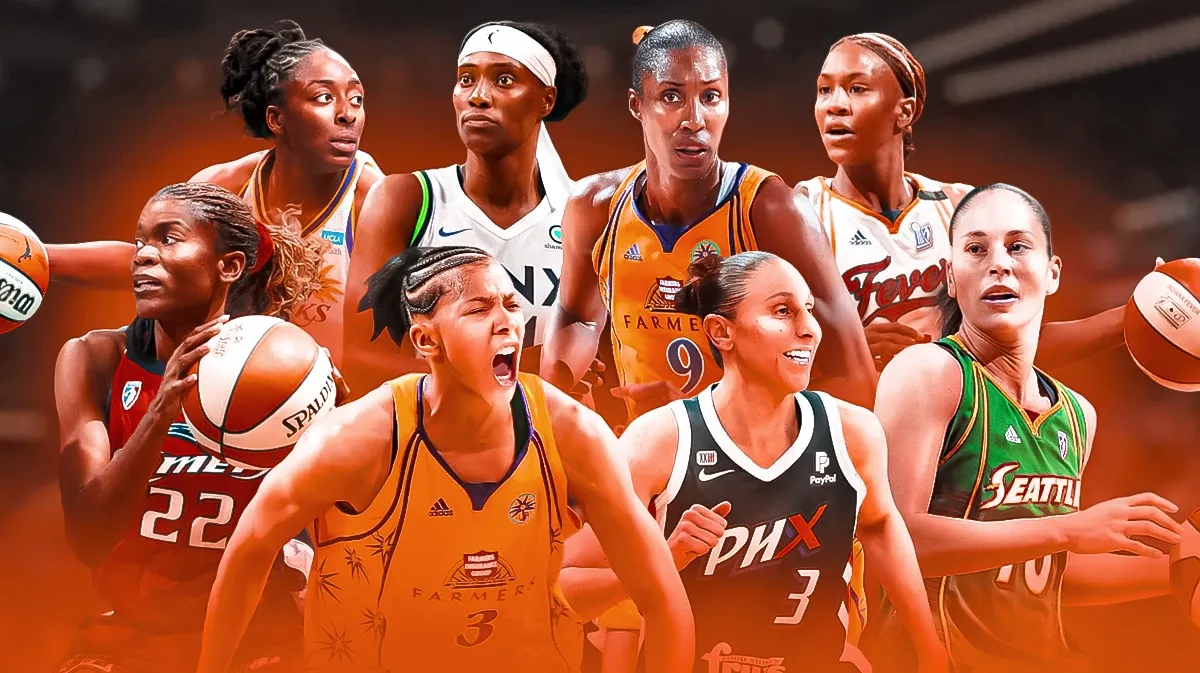The Women’s National Basketball Association, or WNBA, is the top professional women’s basketball league in the US and among the most prestigious in the world. Since its founding in 1996, the league has surmounted financial challenges and developed into a competitive arena that features the best female basketball players in the world.
The WNBA is entering a major stage of growth and development with the 2025 season. The league is increasing its exposure, improving the caliber of games, and fortifying its professional structure with the addition of a new team and a longer schedule. Even though it is changing, the WNBA still sets itself apart from the NBA in terms of organization, strategy, and playing style in addition to physical attributes.
After the Golden State Valkyries were added in 2023, the WNBA now has 13 teams in 2025. Regardless of conference affiliation, the eight teams with the greatest overall records advance to the playoffs. These teams are divided into Eastern and Western conferences.
From May 16 to September 11, each team will play 44 games throughout the regular season. The new system promotes greater competition quality and balance throughout the league by pairing teams from both conferences.
In addition to the regular season, the Commissioner’s Cup, an in-season competition, will return in 2025. The team with the best record gets to host the final after each club plays five qualifying matches against conference opponents.
Since 2022, the playoffs have followed the same format: the top eight teams advance, and the first round is a best-of-three series. The WNBA Finals and semifinals will be best-of-five series, guaranteeing fierce competition and thrilling matchups.
With an average of more than 101 possessions each game, the NBA is renowned for its quick tempo, athletic prowess, and breathtaking plays. In contrast, the WNBA emphasizes collaboration, technical accuracy, and tactical intelligence while playing at a slightly slower pace of about 96 possessions per game.
The WNBA’s style is centered on movement without the ball, group playmaking, and game reading, which results in a more strategic and cooperative game. The average height of NBA and WNBA players is roughly 6’6″ and 6’0″, respectively, which has an impact on the playing styles and tactics of each league.
There is a significant economic gap between the NBA and WNBA. NBA players typically earn over $9 million, while WNBA players typically earn about $120,000. This disparity is a result of variations in income, media coverage, and public attitudes toward men’s and women’s basketball.
Notwithstanding these difficulties, fans of the WNBA witness a league full of skill, strategy, and basketball fervor. As a world leader in women’s basketball, the WNBA keeps expanding and providing fans all over the world with exciting, top-notch sports entertainment.

